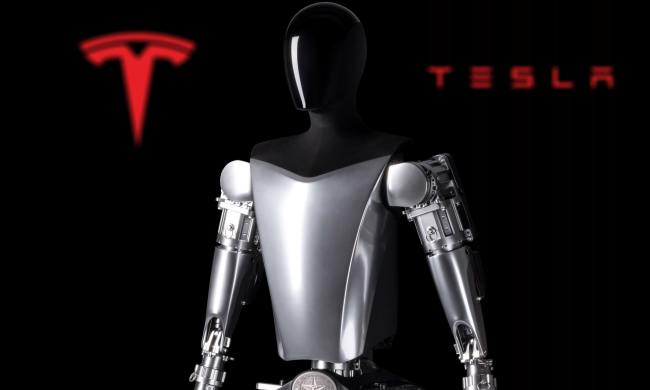The Juke NISMO RS brings a sporty attitude to Nissan’s funky mini crossover. Even those who question the unusual styling will find the driving dynamics hard to fault.
These days, Nissan performance tends to be defined by four letters: G, T, R, and Z. Yet for buyers whose bank accounts can’t quite snag a sports car, Nissan has slowly been turning its Juke mini-crossover into a totally different type of performance car.
The 2014 Juke NISMO RS is an intriguing car. A glance at the exterior says “crossover, by Dali”, but a glance at the spec sheet says “hot hatchback”. So what we have here is either a solid melding of style and substance, or a car with no purpose whatsoever.
Polarizing exterior
The base Juke’s styling is – to use Nissan’s own words – “polarizing”. That front-end treatment isn’t for everyone, and this little automobile is pretty hard to classify. Is it a shrunken crossover, or a city car in platform shoes? Who knows?
The base Juke’s styling is – to use Nissan’s own words – “polarizing”.
While it doesn’t meet any classic standards of beauty, Nissan deserves credit for trying something new. The Juke is a category-busting car, so why should it look everything else on the road. It’s outrageous and the NISMO aesthetic bits only add to that.
The revised front fascia includes air intakes trimmed with LED running lights, echoing the look of the 2015 370Z NISMO. The NISMO-signature red accent striping runs back along new rocker panels to a rear fascia that sports a (likely fake) diffuser, and a reflector meant to evoke a racecar’s centered brake light. A rear spoiler, red-capped mirrors, and 18-inch alloy wheels complete the look.
Interior straight out of a video game
The exterior’s wackiness carries through to the interior. The standard Juke style highlights are here – including a center console painted to match the bodywork – but they’re buried under a mountain of trinketry that makes the RS look less like a performance car and more like something you’d drive in Mario Kart.
From the shifter boot to the hood that covers the gauges, there’s red stitching galore. It’s paired with some chintzy, fake carbon-fiber trim, but there’s some substance as well.
Most of that substance comes in the form of excellent Recaro sport seats, which are both supportive and comfortable. They’ll keep you from sliding into the door during hard cornering but won’t break your back while you sit in traffic.
Our test car was equipped with the optional Navigation Package and its 5.8-inch touch screen. The real attraction, though, is the smaller screen below it, which can be configured to show a digital boost gauge.
This probably isn’t the kind of thing you should look at while driving … but it’s a pretty cool touch nonetheless.
Performance
Everything about the Juke NISMO RS screams performance, but does the experience from behind the wheel back that up?
Under the hood is a 1.6-liter turbocharged four-cylinder engine, which makes 211 horsepower and 184 pound-feet of torque when coupled to a CVT automatic transmission and all-wheel drive. Or with the manual gearbox and a front-drive layout, the 1.6 produces 215 hp and 210 lb-ft.
The turbocharged engine is impressively immediate, with virtually no detectable lag.
Delightfully, I got to pilot the hotter, 215-hp version on some Nashville, Tennessee area back roads. As one would expect of a small car with the power of a 2015 Volkswagen Golf GTI, it was pretty entertaining.
The turbocharged engine is impressively immediate, with virtually no detectable lag. It revs eagerly and pulls hard, giving the NISMO RS a rambunctious character befitting its crazy looks. A nice four-cylinder snarl emanates from the large single tailpipe, as the Juke gets its groove on.
Even on the damp roads experienced during this drive, traction wasn’t an issue. That’s likely thanks to the limited-slip differential fitted to all manual-transmission NISMO RS models. Its effectiveness could also be felt in the lack of torque steer – often a problem with powerful, front-wheel drive cars.
The Juke’s tall ride height doesn’t seem to be much of a penalty either. It corners fairly flat and feels planted, despite the relatively high center of gravity. Still, one wonders how much better it would be if it were lower to the ground, if the shifter had a more precise action, or if the admittedly precise electric power steering had more feel.

Overall, the Juke NISMO RS is great to drive, but it lacks the extra level of refinement seen in many modern performance cars. It really feels like a hot rod that’s been developed over time, not something that was made from the start to do what it does.
Just like the styling, the driving dynamics are best suited to people that don’t take themselves too seriously.
A new kind of hot hatchback?
While it may seem hard to make sense of the 2014 Nissan Juke NISMO RS, it’s exactly what it looks like: a hot-hatchback powertrain in an unexpected package.
In fact, that powertrain is so good that it’s too bad the current Sentra is so terminally boring, otherwise Nissan could drop it in, and revive the cult-classic SE-R model.
That would be fairly predictable, though, and unpredictably may be the Juke’s greatest asset. There are plenty of competent compact performance cars on the market right now, but none of them looks like this.
This isn’t the ideal platform for a performance vehicle, but it doesn’t ruin the fun of driving this car … or looking at it. It’s the perfect ride for a speed freak with a sense of humor.
Highs
- Funky styling
- Great Powertrain
- Sure-footed chassis
- Meaningful interior upgrades
Lows
- Not everyone will like the styling
- Could be more refined
- Practicality is secondary to style






